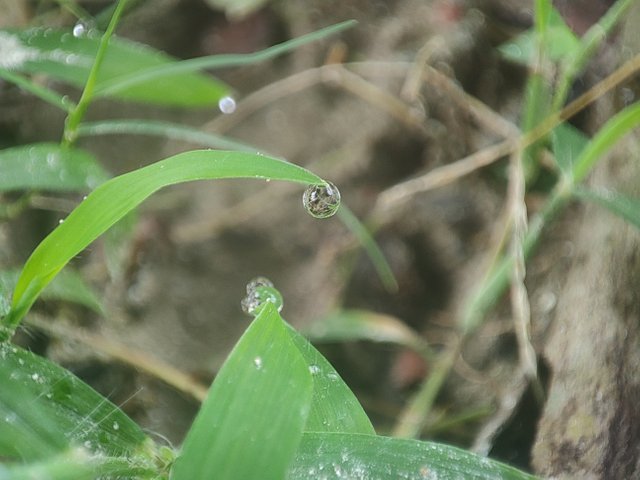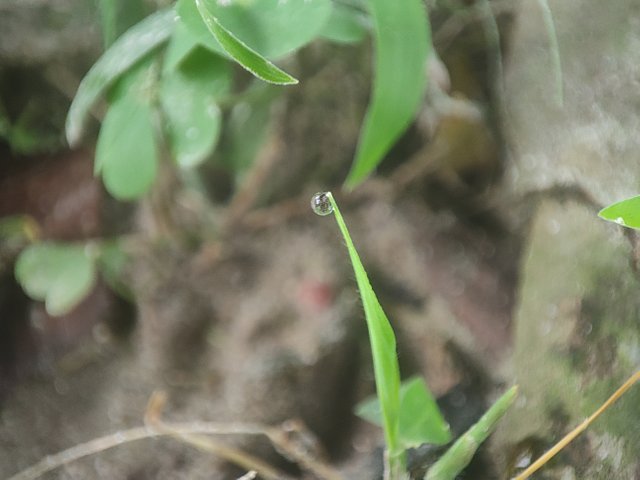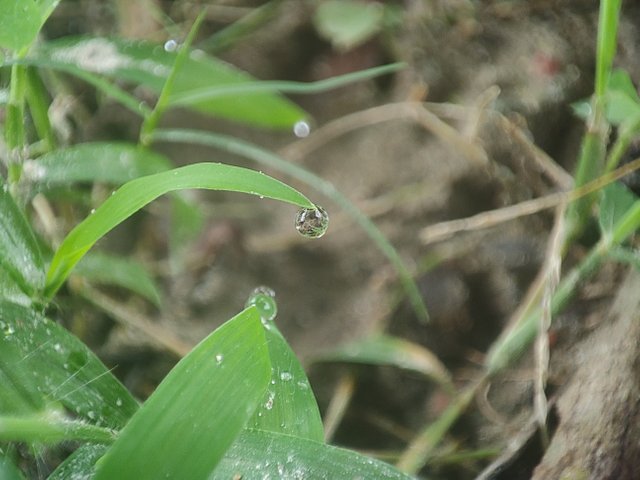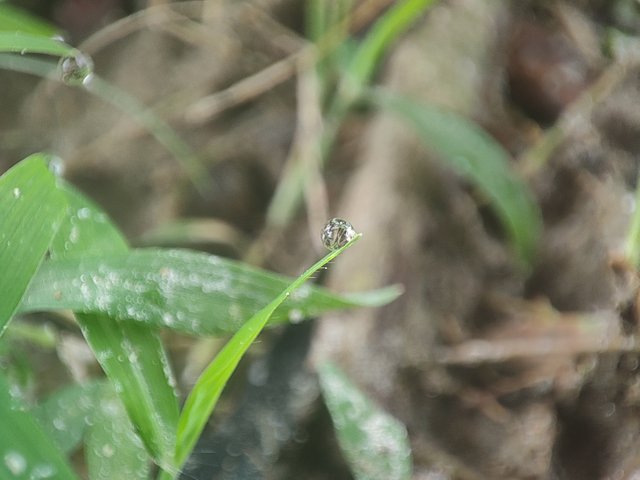So Cute Water Drop
A single water drop is a marvel of nature, encapsulating the complex interplay of physical forces and the cycle of life. At first glance, a drop of water seems simple—a tiny, translucent bead. But this simplicity belies the intricate processes and properties that give rise to its formation and behavior.
Formation of a Water Drop
Water drops typically form when water vapor in the atmosphere condenses. This condensation occurs when the air cools to its dew point, the temperature at which water vapor becomes saturated and begins to transition into liquid form. Condensation can happen on surfaces or in the atmosphere, leading to the creation of clouds and ultimately precipitation in the form of rain.
Surface tension plays a critical role in the formation and shape of water drops. Surface tension is the cohesive force between water molecules at the surface, causing the liquid to minimize its surface area and form a shape with the least surface tension—typically a sphere. This is why raindrops and dew drops often appear as nearly perfect spheres when observed closely.
Physical Properties
Water is a unique substance with several remarkable properties that influence the behavior of a water drop:
Cohesion and Adhesion: Cohesion refers to the attraction between water molecules, which is why water drops tend to form and maintain their shape. Adhesion, on the other hand, is the attraction between water molecules and other surfaces. This is why water spreads out on some surfaces and beads up on others.
Surface Tension: This is a result of cohesion. Surface tension allows water drops to resist external forces, enabling insects like water striders to walk on water or leaves to hold onto water drops.
Capillary Action: This is a result of both cohesion and adhesion. It is the ability of water to flow in narrow spaces without the assistance of external forces . Capillary action is essential for transporting water from the roots to the leaves in plants.
Evaporation and Condensation: These processes are crucial in the water cycle. Evaporation is the process where water changes from a liquid to a gas, while condensation is the process where water vapor changes back into liquid. The continuous cycle of evaporation and condensation drives weather patterns and supports life on Earth.




Thanks For Reading
Device Information
| Device | Redmi Note 10 Pro |
|---|---|
| Lens | 64 mp |
| Location | Bangladesh |
